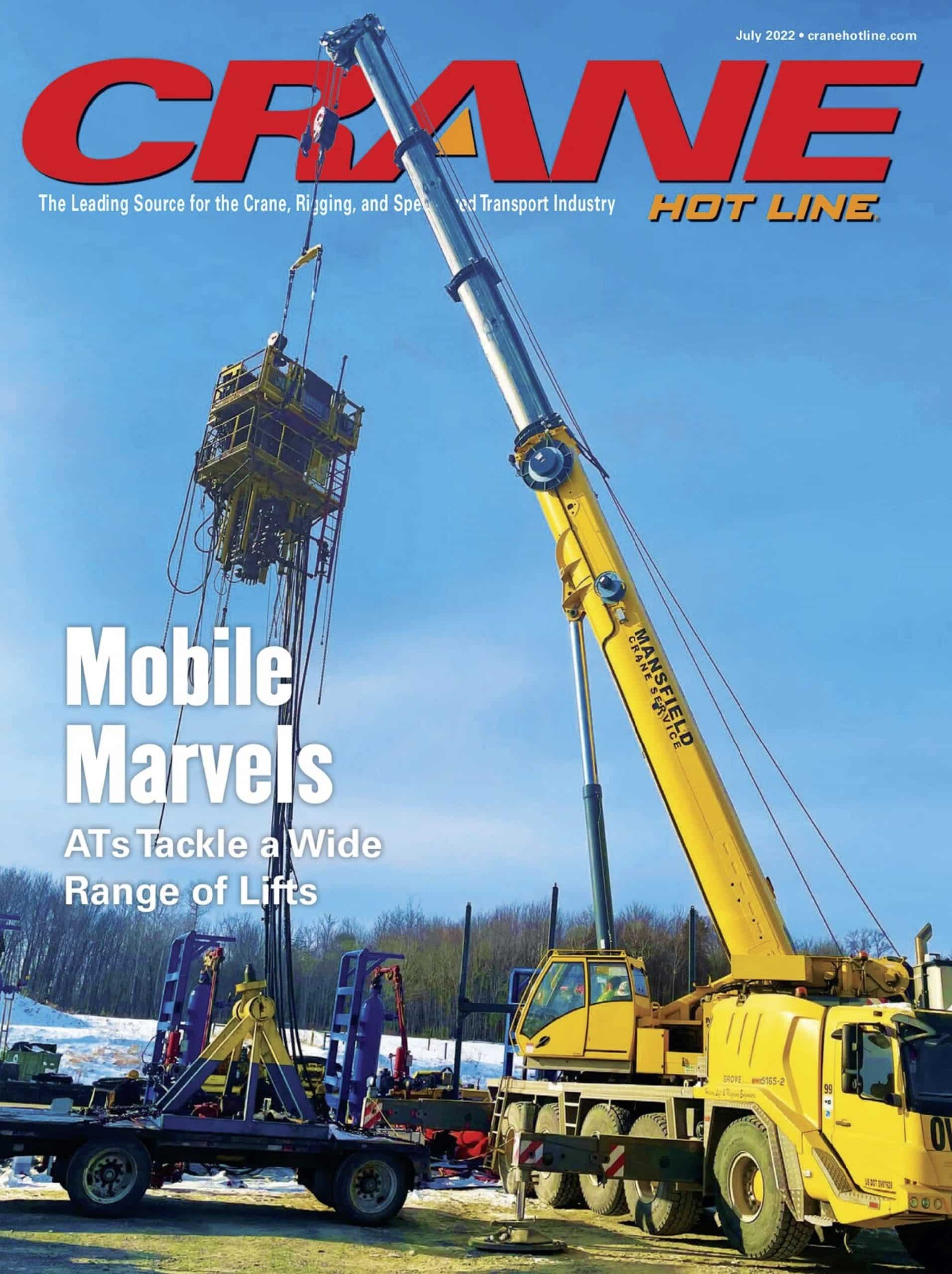Rushing around to meet deadlines is a standard operating procedure in many industries. Truck driving, however, may be the only business where operators are directly responsible for moving several tons of material or machinery over hundreds of miles in a day or two.
Even the most experienced truck drivers can find themselves in a precarious situation if they aren’t sensitive to their surroundings at all times. In addition to being on the road, pre-trip checks and destination inspections are crucial to make sure the load – and truck – gets delivered safely and on time.
Every trip can be different. But by following a few simple rules, drivers can make them as consistent as possible. By minimizing the opportunity for mishaps, they can maximize their chances of avoiding issues all along the trip.
Before you hit the road
There are a few steps big rig drivers can take before even getting into the cab of their trucks. Checking weather conditions reports along the route allows drivers to prepare for slick roads, low visibility, and other unsafe situations. Allowing for more time on the road or making sure snow chains are in good working order are just a few things to think about.
Depending on the length of the drive, looking at traffic reports can save time, too. Driving through a construction area? Roads blocked due to heavy snowfall? Hitting a city during peak rush-hour traffic? A little pre-trip planning can save a lot of big headaches.
A GPS system can be a driver’s best friend. Drivers need to make sure it is working properly and inspect the route beforehand. However, drivers can’t plan for a five-car accident on a major thoroughfare. With a GPS, drivers have access to all available information as soon as possible.
On the Road
No matter if it’s a VW Bug or an 18-wheeler hauling industrial air-conditioning units, drivers needs to be aware at all times. However, a split-second decision by the big rig can have a much larger impact on the vehicles around them.
The key is to remove as many of those situations as possible. This means:
- Know the surroundings
- Always have an out
- Leave space in front of the truck
- Stay put
- Use extra caution at night
- Be well rested
Pretty common sense stuff, right? If all motorists conducted themselves in this way, there would be far fewer accidents on the road. But they don’t, so truck drivers need to be extra wary. By knowing what’s in front, behind, and on either side of the truck, drivers can anticipate potential problems.
This means truck drivers should have an “escape” plan at the ready. This could be slowing down a little bit if brake lights starting appearing down the road or determining if the shoulder can be used to avoid an issue. It can be annoying to have other cars zipping by, but moving a little slower will give truck drivers better reaction times. And it’s even more annoying to rear-end a vehicle.
For example, if a highway on-ramp is coming up in a mile, drivers of large trucks can start planning for vehicles entering the roadway or just moving one lane over to avoid merging altogether. Most of the time, it’s advisable to stay in one lane as much possible to cut down on interaction with other drivers.
While driving at night allows drivers more breathing room and increased speeds, visibility is next to nothing. This is especially important when leaving a filling station or store when ditches on the side of the road aren’t as visible. By moving a little slower, and with more care, issues can be avoided.
It’s easier to be alert when a truck driver is well rested. Driver safety can be greatly increased with a good night of rest, or even using a rest stop to get out and rest the brain. A short walk, load inspection, or truck and trailer check can reinvigorate a driver.
You have reached your destination
Finally reaching the end of the line is a great feeling, but the safe driving tips aren’t quite done. Especially in unfamiliar areas, park the truck in a safe place and walk the delivery area. What could be more frustrating than driving several hundred miles incident free only to get stuck over the final few feet?
Obstacles may not be readily visible from the cab, especially at night. Once the driver gets a lay of the land, it’s a more comfortable job to finish the delivery and leave the area when unloading is all done.
At NessCampbell, safety is a top priority. All of our vehicles are inspected beforehand and our drivers are experienced by driving all over the Pacific Northwest. Our Heavy Haul division specializes in moving large industrial machinery and are experts in the field.
Getting ready for a big move? Call NessCampbell today to make sure your load arrives safely and on time.






